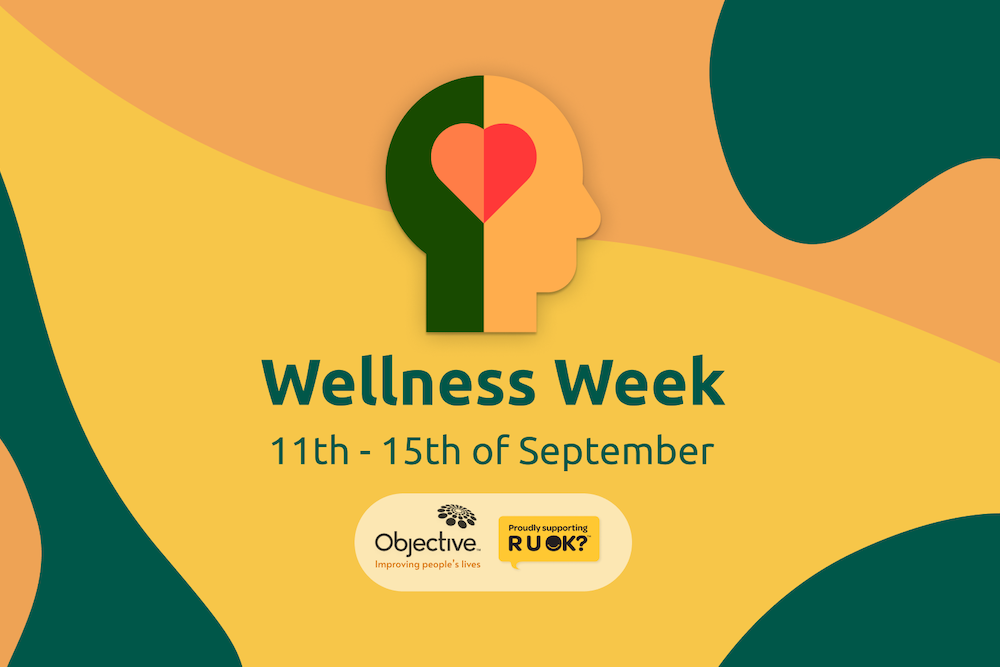Diary studies are probably one of the most underrated research methods in the field of UX.
Why use diary studies as a research method?
Diary studies are a qualitative research method used to collect longitudinal self-reported user data.
We know that in today’s mobile world, customers are interacting with organisations across a variety of different channels and devices like the web, mobile and tablet applications, live chat, email, social media, and the list goes on, because this, customer journeys are incredibly dynamic and complex. At the same time, this end-to-end customer experience has become incredibly important in terms of business value.
You should pick the method that best helps you answer your research questions. You need to understand when you might want to use diary studies and the types of research questions they help you answer. In a world where companies match product offerings and prices, customer experience can be a very valuable differentiator between organisations and their competitors. One of the most effective ways to understand the end-to-end customer experience is a qualitative research methodology called a diary study.
Depending on your research goals, diary studies can be as targeted or as broad as you need them to be. For example, we could run a targeted diary study where research participants document their experience using one washing machine over a couple of weeks or we could run a broad diary study where participants document a range of domestic appliance activities over a month.
In either case, if you have research questions around user habits, motivations, usage scenarios or customer journeys, diary studies might be the right research method for you.
If you’re creating artefacts like journey maps or empathy maps, diary studies can be a great method to gather relevant data.
In general, diary studies are a great method to hear what users do, think, and feel throughout an experience.
Now, a diary study is exactly what it sounds like: you recruit customers to provide information about their experience completing a key activity with your organization over a long period of time, using a diary-style format. Participants will report each interaction they have with your organization as they complete the tasks and share those details about your experience with you.
There are five main steps to conducting a diary study like this:
- Number 1, planning and preparation. For the activity, you want to study, write out your research questions. Write up detailed instructions and resource materials to help your participants understand what type of data you need and how to report this data to you. Recruit participants from your user audience who intend to conduct this type of activity and ask them to share their experiences along the way.
- The second step is the pre-study brief. Schedule a short kickoff call with your participants to help them understand what’s expected of them, what type of data you need them to report.
- Number 3, the logging period. Select a designated time period for participants to report these interactions to you. Also, be sure to monitor these insights as they come in and ask clarifying questions to fully understand the context of their experience. It’s important to make it simple for the participants to report to you with a familiar and simple digital method for example Whatsapp or Google Drive.
- The fourth step: the post-study interview. Schedule a time with these participants to discuss their experience as a whole, and ask any final questions you may have.
- And lastly, in step 5, analyze the findings. Look for points of friction in the customer journey. With diary studies, we’ll have a lot of customer insights to go through, which take time and effort to interpret. Find opportunities to improve the entire customer experience by addressing key points of friction that you observed with these participants as they completed these activities.
This methodology allows you to collect contextual information about the customer journey as it’s unfolding. It’s interesting what kind of insights you’ll uncover by looking at your customer experience under this lens.







